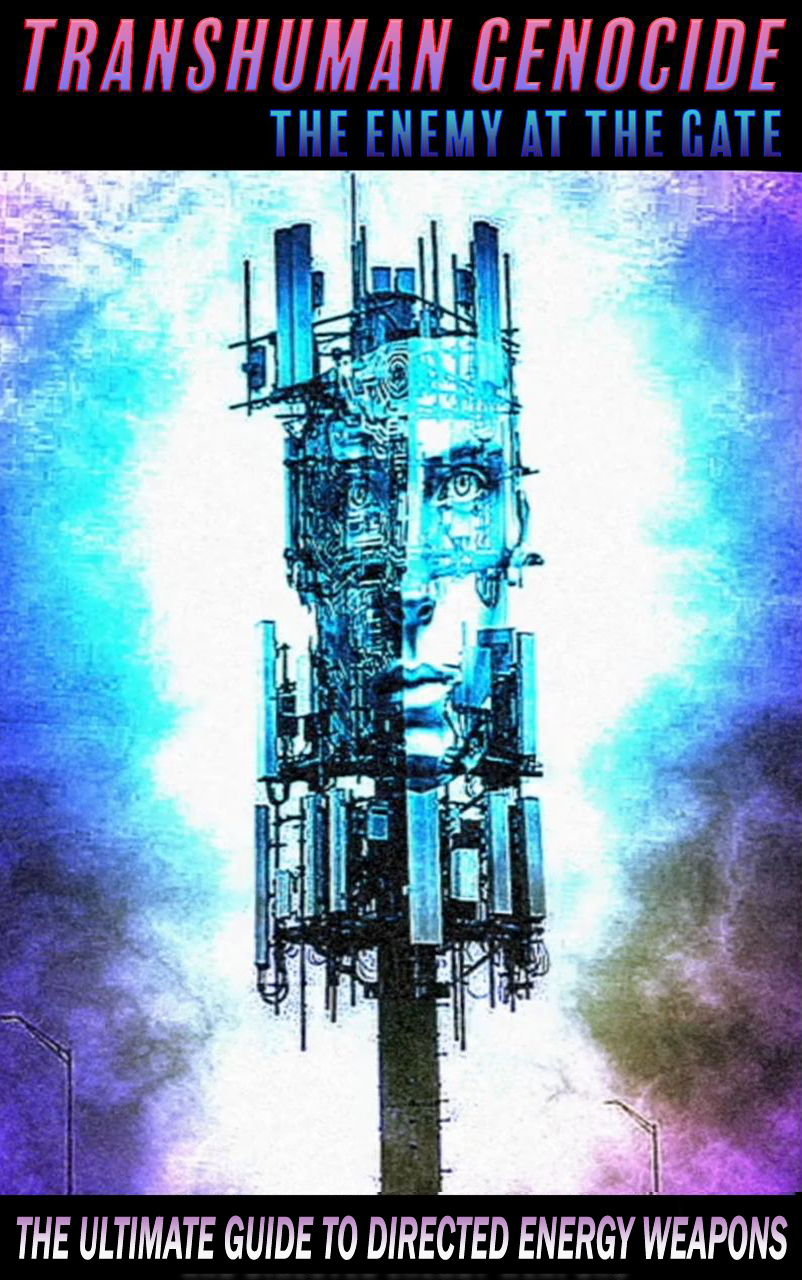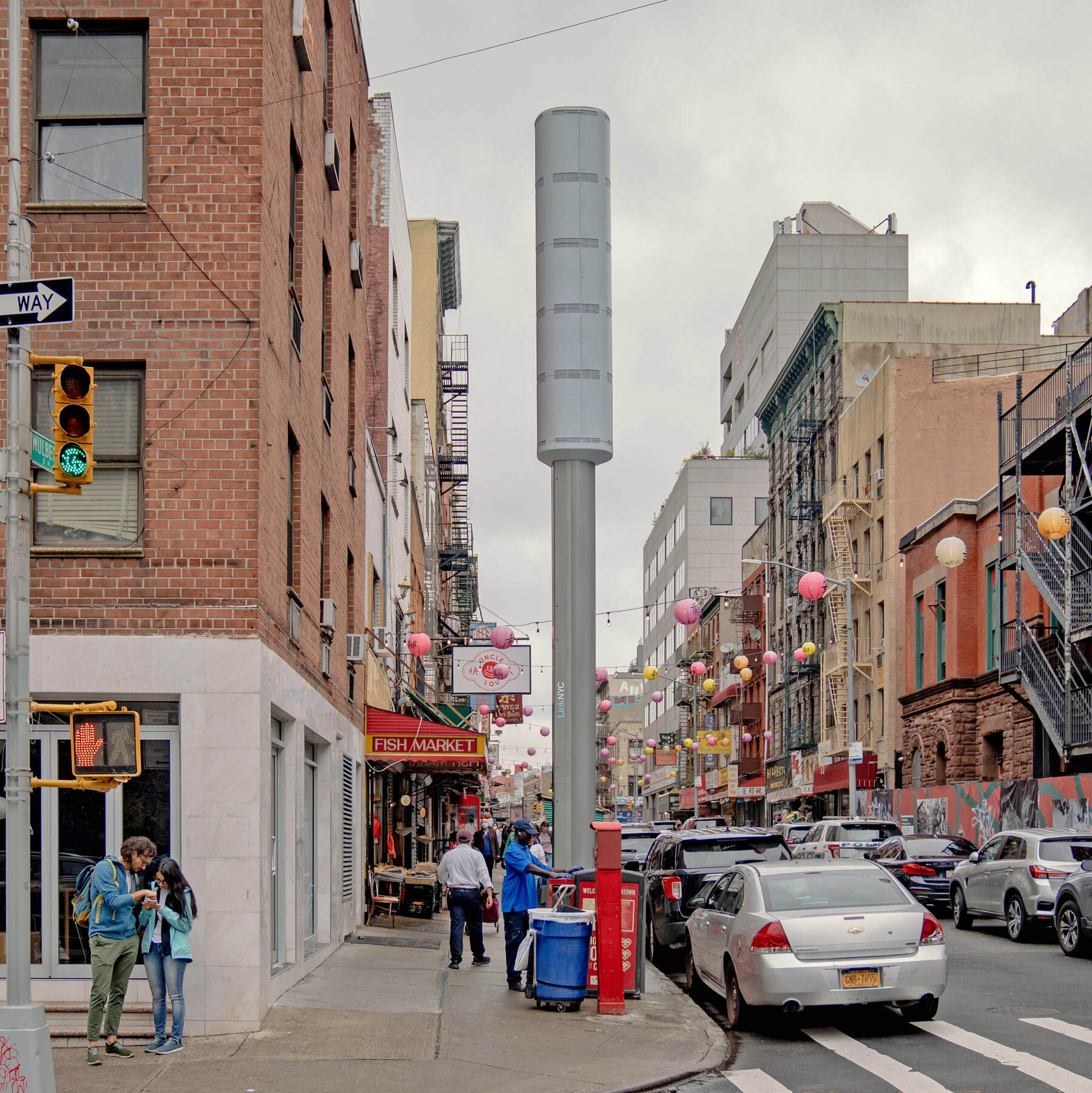The realm of cancer treatment is a landscape fraught with hope, desperation, and conflicting narratives. Anecdotal whispers of unconventional therapies tantalize those seeking a cure beyond conventional bounds. The promise of drugs like ivermectin, fenbendazole, and mebendazole in cancer treatment beckons like a siren’s call, but beneath the surface lies a web of uncertainty and caution.

In the official narrative, skepticism reigns supreme. Health authorities and medical experts caution against the unfounded claims of miraculous cancer cures attributed to ivermectin and fenbendazole. With no approval from regulatory bodies like Health Canada, these drugs remain on the fringes of mainstream oncology, awaiting the scrutiny of rigorous clinical trials to validate their efficacy and safety.Yet, amid the clamor of doubt, a different story emerges. Clinical case reports and studies hint at a tantalizing possibility – the anticancer properties of ivermectin, fenbendazole, and mebendazole. These drugs, primarily used as anti-parasitics, unveil a hidden potential in disrupting cancer cells and impeding tumor growth. From breast to pancreatic cancers, these agents display a glimmer of hope, a beacon for those seeking alternatives beyond the confines of traditional treatments.
Delving deeper into the shadows of the pharmaceutical landscape reveals a sinister pattern. The repurposing of fenbendazole and mebendazole as adjunctive cancer therapies hints at a broader agenda. Disrupting microtubules, inhibiting glycolysis, and targeting oncogenic pathways, these drugs offer a tantalizing glimpse into a world where unconventional treatments challenge the status quo. The threads of drug repurposing weave a tapestry of potential that beckons a closer examination of the intersection between profit, power, and patient welfare.
The implications of this clandestine dance between conventional wisdom and uncharted territories reverberate through the corridors of healthcare. Patients, grasping for a lifeline, are caught in the crossfire of conflicting information.As the debate rages on, the real casualties are those most vulnerable – the ones seeking solace in the midst of uncertainty, navigating a labyrinth of promises and pitfalls.
In the court of public opinion, the intent, means, and opportunity of the actors involved come into sharp focus. The push and pull between established medical dogma and emerging therapies paint a picture of a system in flux, where power dynamics and profit margins blur the lines between innovation and exploitation. As patients grapple with choices laden with consequences, the urgency of discerning truth from fiction becomes paramount in a landscape marred by shadows and light.
Looking beyond the confines of the present moment, a tapestry of history unfolds before us. The cyclical nature of medical discovery, skepticism, and acceptance weaves a narrative that transcends time. As we stand at the precipice of a new era in cancer treatment, the echoes of the past reverberate through the corridors of progress. The path forward is fraught with uncertainty, but within the chaos lies the seed of transformation, a glimmer of hope that transcends the boundaries of the known into the realm of the possible.

